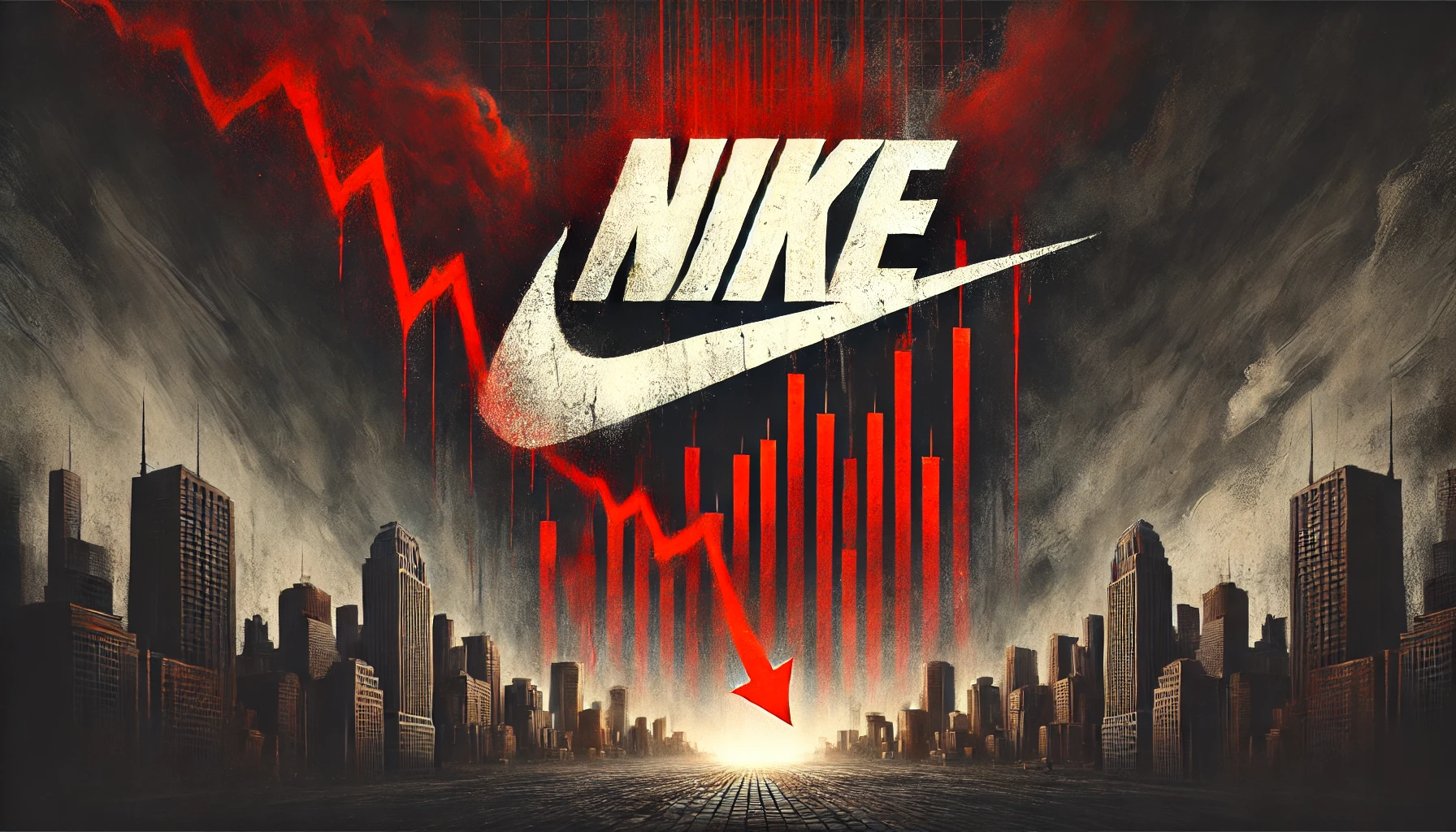
Nike (NYSE: NKE) shares took a significant hit following the company’s disappointing forecast for fiscal 2025. The athletic apparel and footwear giant predicted a surprising sales decline, causing its stock to plummet by 30% year to date. This decline extends Nike’s downturn since its peak in 2021, with shares now down about 10% over the past five years.
For its fiscal 2024 fourth quarter, which ended on May 31, Nike reported a 2% year-over-year decline in sales, totaling $12.6 billion. Nike brand revenue saw a slight dip of 1% to $12.1 billion, while Converse sales took a steep fall, plunging 18% to $480 million.
Despite the sales slump, Nike managed to improve its gross margin by 110 basis points to 44.7%, thanks to lower ocean freight costs and strategic pricing changes. The company also successfully cut operating expenses, with selling, general, and administration (SG&A) costs dropping by 7%. These cost-saving measures led to a remarkable 50% surge in earnings per share (EPS), which reached $0.99. Additionally, Nike’s inventories decreased by 11% year over year to $7.5 billion.
The real shocker for investors came with Nike’s guidance for fiscal 2025. The company now expects sales to decline by mid-single digits, a stark reversal from CFO Matt Friend’s optimistic comments in March, where he predicted sales growth in the second half of the year. For fiscal Q1, Nike’s management forecasts a 10% year-over-year revenue decline, with the first half expected to drop by high single-digits. The company cited challenges in its direct business, a weak wholesale order book, a sluggish market in China, and aggressive actions to manage its classic footwear franchises as the primary reasons for the downturn. These issues appear to be widespread, affecting nearly every segment and geography of Nike’s operations.
Despite the grim outlook, there are some positives. Nike anticipates its gross margin to expand by 10 to 30 basis points for the year, and its inventory levels remain manageable. Historically, issues with inventory and gross margins can exacerbate sales troubles, so maintaining these metrics is crucial. Nike, an iconic brand, aims to reignite growth through product innovation and its renowned marketing prowess. However, the company’s valuation, with a forward price-to-earnings (P/E) ratio of 24, seems high for a firm facing declining sales.
While Nike has the potential to turn its fortunes around, the company’s recent struggles in forecasting its business suggest that shareholders should brace for increased volatility, particularly around earnings reports. The current situation presents a challenging yet intriguing scenario for potential investors. Is now the time to buy, or is it wise to wait and see how Nike navigates these turbulent waters?






